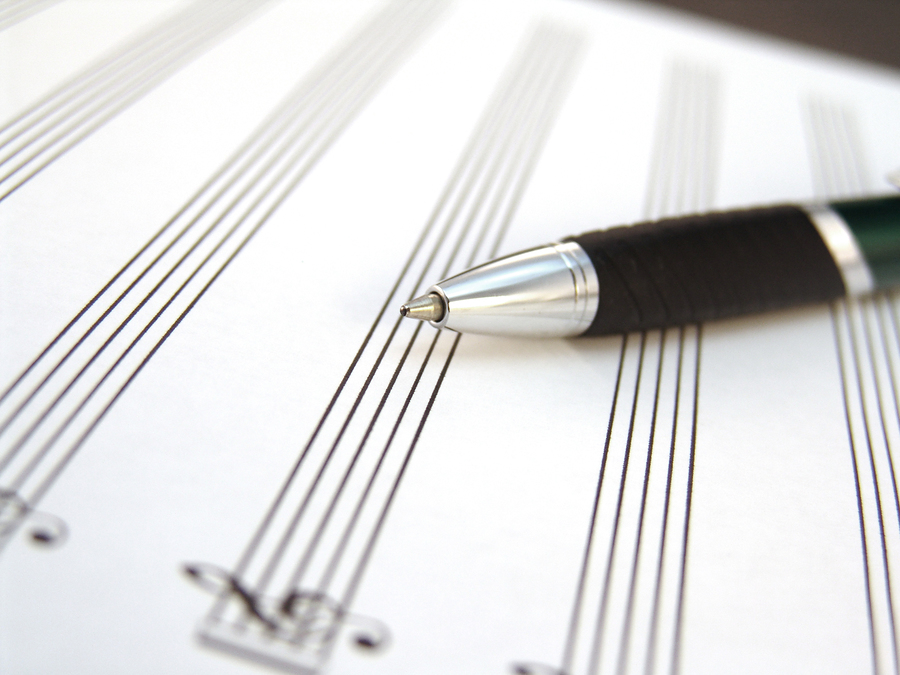

Composer
The Technology of Billy Joel
by Lou Di Falco
posted March 20, 2015I saw Billy Joel recently at Madison Square Garden. It was a concert my daughter long wanted to go to. So finally I splurged and got tickets for the family that didn’t completely wipe out the bank account and off we went. I have to say it was a very enjoyable evening. I’ve always liked his music but can honestly say I was never a huge fan. But listening to hit after hit, it was hard not to realize what a pop music icon this man was, or still is.
Billy even joked about the fact he hasn’t written anything new in over twenty years and was thankful to those in attendance (over 18k of us) that we continue to allow him to perform music for a living. It must be nice for him to simply enjoy the gigs as if he were a teenager with nothing to lose while he and his garage band friends play cover songs. In his case, the covers are his own.
As you would expect, the band was outstanding. Everyone (nine in all including Joel) are polished musicians. From our vantage point, it was difficult to see what David Rosenthal, the music director and keyboardist was playing but it looked like he had a full music store worth of gear on stage. Billy of course performed behind his grand piano or was it?
The next day after the show, I did some research via YouTube, what else? A series of videos with Keyboard Magazine’s Robbie Gennet interviewing Rosenthal cleared up the technological aspect of his keyboard rig and provided some interesting information regarding Billy’s “grand piano”. As it turns out, Joel is not really playing a grand piano at all. The shell that was closed, is empty— no harp, strings, or keyboard action. A wooden piano shell, the make I am not sure of.
What they did was hollow out a piano then inserted a Kawai VCP1 keyboard controller. The controller is triggering Synthogy’s Ivory II American D Grand that resides off stage, installed on two Muse Receptors (one for failover). Welcome to the modern world of concert technology. Imagine that it is easier to run a setup like this than simply to play a real grand piano. But when you think about it, yes, the control and execution is likely less of a headache.
With a real piano comes the painstaking task of setting the mics and getting the level and timbre just right. Not to mention the work that goes along with a real piano, the tuning, action adjustments, and other mechanical break downs. And that’s if you are transporting your own piano. Relying on house pianos is even more daunting. Working in the digital domain eliminates all this and for rock and roll, and I don’t mean to sound at all snarky, this set up works just fine. In fact, the Ivory engine with its pristine samples is so good, and running on a Muse, some would be fooled if a concert pianist performed with a similar set up.
First off, Synthogy’s sampled pianos are some of the best available today. I use Ivory in my studio. Running the largest samples produces breathtaking pianos that include sympathetic resonance, half pedaling, sound board acoustics, and keyboard and pedal noise to boot. For me it is the clear choice to use in my queues as opposed to spending time getting my piano mic’ed up for recording. Ivory can be used standalone, with Mainstage, and as a plugin for most DAWs. Using it as a plugin with Logic gives me the ability to edit recordings within the MIDI events or the musical score windows. You have complete control and that’s important when you have to be the composer, performer, and the sound engineer.
Rosenthal’s setup is less conspicuous than Joel’s single “grand” piano in that by looking at it you would expect lots of technology. The musical director’s setup includes multiple keyboards, mostly Kurzweil and a network of Apple computers. Ironically the sound you hear from Rosenthal’s setup does not emanate from his keyboards but from software synths being controlled through Apple’s Mainstage on MacBook Pros sitting off stage integrated with Receptors. An iPad Rosenthal has on stage runs unrealBook, software that is used to control song lists and can determine what patches are called up. Through the iPad, he has the ability to select patches needed for any of the tunes in the set list. It gives Rosenthal the ability to make unscheduled selections if Billy decides to change the song list mid concert which apparently happens often. The sounds within the keyboards themselves are available but are merely for backup in the event the offstage computers suffer a system crash, something that has yet to happen.
Like it or not, there is no denying that computer technology support our musical world today be it in the studio or on the stage. Those will argue that nothing beats the sound of real instruments and whether that is true or not, music will continue to thrive in the digital domain in most applications. So maybe these days, Billy Joel needs to change the lyric to ...sing us a song you’re the digital piano man.